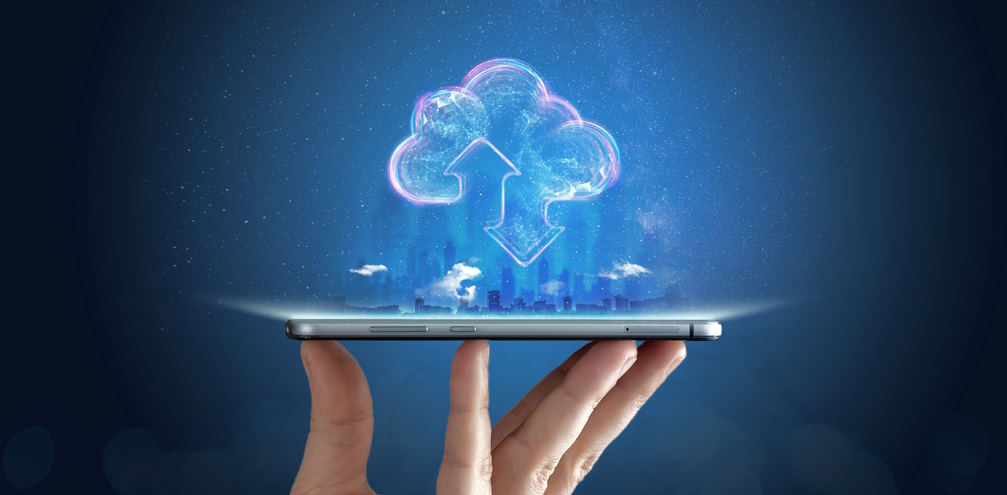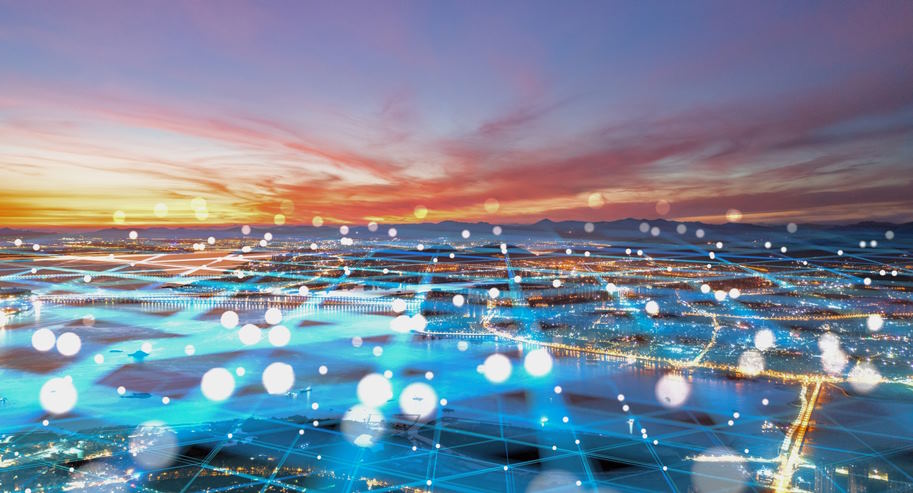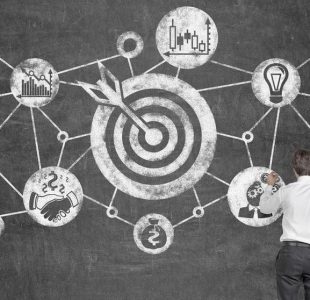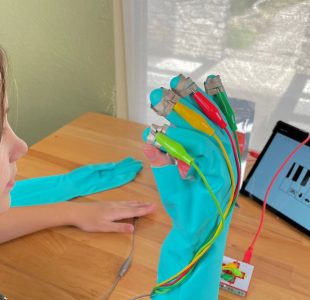Smart Inventions: How IoT and AI are Shaping the Future
The Internet of Things (IoT) and Artificial Intelligence (AI) are two rapidly evolving technologies that are shaping the future in unprecedented ways. IoT, which connects everyday objects to the internet and allows them to communicate and share data, is transforming our homes, cities, and industries. On the other hand, AI, with its ability to analyze vast amounts of data, learn from it, and make autonomous decisions, is driving automation, machine learning, and data-driven insights across various domains. When combined, IoT and AI create a powerful synergy that is fueling the development of smart inventions with the potential to revolutionize the way we live, work, and interact with technology.
IoT and its Impact on Everyday Life
IoT, or the Internet of Things, has become an increasingly prominent part of our daily lives, revolutionizing how we interact with technology. From smart homes to wearables and connected cars, IoT has transformed the way we live and work, making our lives more convenient, efficient, and sustainable.

IoT refers to the network of interconnected devices that communicate and exchange data with each other over the internet. These devices, ranging from everyday household items like thermostats and smart speakers to wearable fitness trackers and connected vehicles, are embedded with sensors, processors, and connectivity capabilities that enable them to collect, analyze, and share data.
One of the most noticeable impacts of IoT on everyday life is in the realm of smart homes. With IoT-enabled devices like smart thermostats, smart lights, and smart security systems, homeowners can control and monitor their home appliances and security remotely using their smartphones or voice assistants. This allows for energy-efficient management of home resources, improved security, and enhanced convenience and comfort.
Wearables, such as smartwatches and fitness trackers, have also become increasingly popular, providing individuals with real-time health and fitness data. These devices can monitor heart rate, sleep patterns, exercise routines, and other health-related information, empowering individuals to take control of their well-being and make informed decisions about their lifestyle choices.
Connected cars are another prime example of IoT’s impact on everyday life. With IoT-enabled features like GPS navigation, real-time traffic updates, and vehicle diagnostics, connected cars can enhance driving safety, improve fuel efficiency, and provide personalized in-car entertainment options, making our daily commutes more efficient, convenient, and enjoyable.
AI and its Transformational Power
Artificial Intelligence (AI) is a revolutionary technology that is transforming industries and reshaping the way we interact with technology. At its core, AI refers to the ability of machines or computer systems to perform tasks that typically require human intelligence, such as learning, reasoning, problem-solving, and decision-making. AI is driving automation, machine learning, and data analysis, and its transformative power is evident in various industries, including healthcare, transportation, and finance.
- In healthcare, AI is revolutionizing patient care, diagnosis, and treatment. AI-powered algorithms can analyze vast amounts of patient data, including medical records, lab results, and imaging scans, to assist healthcare professionals in accurate diagnosis and treatment planning. AI-enabled robotic surgery systems can perform precise and minimally invasive surgeries, reducing risks and improving patient outcomes. AI-driven personalized medicine can leverage genetic data and patient history to develop customized treatment plans. Moreover, AI has the potential to improve healthcare access in remote or underserved areas through telemedicine, making healthcare more accessible and affordable.
- In transportation, AI is driving innovations in autonomous vehicles, making our roads safer and more efficient. AI-powered self-driving cars can analyze real-time data from sensors, cameras, and maps to navigate, make decisions, and prevent accidents. AI is also used in traffic management systems to optimize traffic flow, reduce congestion, and improve transportation logistics. Additionally, AI is transforming the logistics industry through predictive analytics, optimizing supply chain operations, and improving delivery routes, resulting in cost savings and improved efficiency.
- In the finance industry, AI is transforming how financial institutions operate and serve their customers. AI-powered chatbots and virtual assistants are providing personalized customer service and support. AI algorithms can analyze large volumes of financial data in real-time, enabling better investment decisions and risk management. Fraud detection systems powered by AI can identify potential fraudulent activities and mitigate risks. Moreover, AI is revolutionizing the fintech sector, with innovations like robo-advisors, digital wallets, and blockchain applications, disrupting traditional financial models.
Synergy of IoT and AI
The synergy between the Internet of Things (IoT) and Artificial Intelligence (AI) is creating a powerful combination that is driving innovation and shaping the future of technology. IoT refers to the network of interconnected devices that can communicate and exchange data, while AI encompasses the ability of machines to learn, analyze, and make decisions. Together, IoT and AI are unlocking new possibilities and creating smart inventions that are revolutionizing industries and improving our quality of life.
One of the key aspects of the synergy between IoT and AI is the massive amount of data generated by IoT devices. IoT devices, such as sensors, wearables, and connected appliances, collect and transmit vast amounts of data in real-time. This data includes information about environmental conditions, user behavior, machine performance, and much more. This data can be analyzed and processed by AI algorithms, which can extract valuable insights, patterns, and trends from the data, enabling smarter decision-making and automation.
The convergence of IoT and AI is evident in various domains, including smart cities, smart agriculture, and industrial automation. In smart cities, IoT sensors and devices are used to collect data on traffic patterns, energy consumption, waste management, and public safety. This data can be analyzed by AI algorithms to optimize city operations, reduce traffic congestion, improve energy efficiency, and enhance public safety measures. In smart agriculture, IoT devices are used to collect data on soil moisture, weather conditions, and crop health, which can be analyzed by AI algorithms to optimize irrigation, pest control, and crop management, resulting in improved yields and reduced resource wastage. In industrial automation, IoT sensors are used to collect data on machine performance, maintenance needs, and safety conditions, which can be analyzed by AI algorithms to optimize production processes, predict maintenance requirements, and ensure worker safety.








